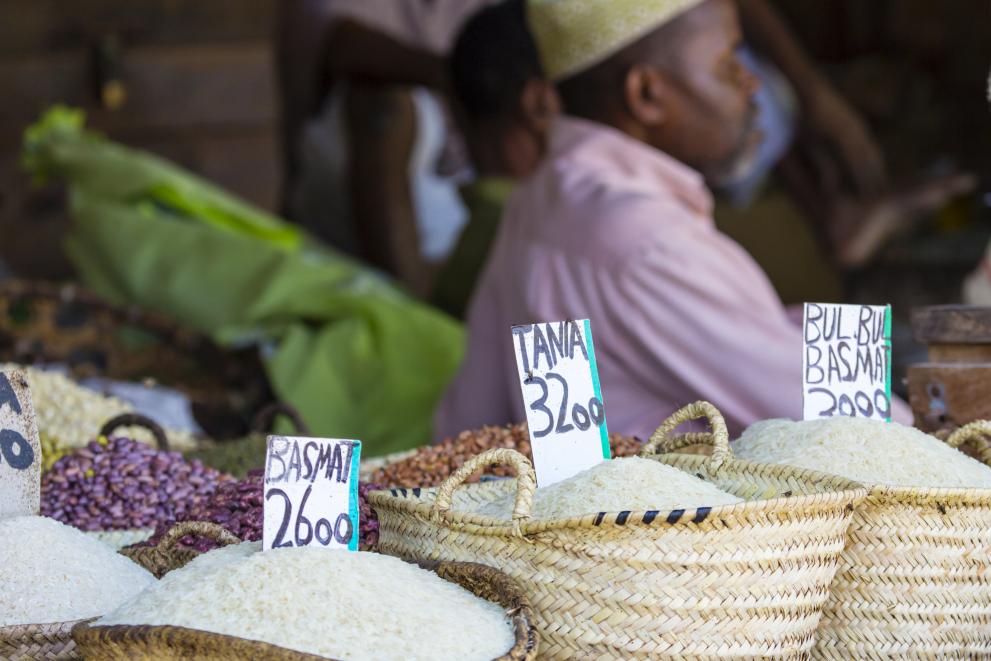
The COVID-19 pandemic and the associated lockdown measures have been a shock to food systems worldwide, affecting both supply and demand.
This has led to unforeseen fluctuations in food prices, particularly at country and local levels, which have hit the poor and vulnerable hardest.
In order to help tackle the food-security issues resulting from such price fluctuations, policymakers need reliable real-time data of where their interventions are most needed.
Food-price sensitivity in Africa
Sub-Saharan Africa, where incomes are sensitive and poverty rates are high, presents a point in case.
COVID-19 has led to dramatic price hikes which affect citizens’ ability to buy food.
The potential food-security crisis highlights the need for timely market information with sufficient geographic coverage to guide policy interventions and decisions related to food security, such as food assistance programmes.
Food Price Crowdsourcing Africa
The JRC helped address this need by rolling out its Food Price Crowdsourcing Africa (FPCA) tool to collect real-time local price data for 4 weeks during the pandemic lockdown in north Nigeria.
The tool includes an algorithm to automatically process and validate citizen data on food prices. The data are then published in near-real time on a web dashboard, showing:
- Evidence: COVID-19 (threat) impact on price and access tracked
- Value: Crowdsourced data can complement official data in temporal and spatial richness
- Criteria: Successful crowdsourcing depends on factors around the crowd, system and context.
- Use: decision support tools can be enhanced through the integration of alternative data sources

Hotspots of price hikes identified
Through a mobile app, citizens provided spatially- and temporally rich data on price variations for staple foods in their locality.
The data showed a steep increase in food prices from 12 May to 16 June 2020, with maize and rice prices increasing by 26% and 44%, respectively, compared to the same period in 2019. Price increases were slightly higher in urban than in rural areas.
The data also showed that prices continued to rise even after lockdown measures were relaxed: For instance, local rice continued to be sold at prices 50% higher than in 2019.
These price hikes are likely to particularly impact food security among poverty-stricken groups, which include over 70% of those in rural areas and large numbers in urban areas.
Given the job and income losses also resulting from the COVID-19 crisis, low and middle-income earners will also face food-security issues.
Harnessing citizen science to inform policy
The successful implementation of this price tool and platform illustrates the potential of engaging citizens through a mobile app to crowdsource spatially- and temporally-rich data in near real-time.
The ease of activating the tool remotely for price monitoring in an emergency also shows its potential in responding to sudden food system shocks.
It provides a useful tool for policymakers, providing rapid, localized data to inform and target their policy responses.
Further information
- Food Price Crowdsourcing Africa (FPCA) project
- Crowdsourced data reveals threats to household food security in near real-time during COVID-19 pandemic
Related Content
Details
- Publication date
- 4 December 2020
